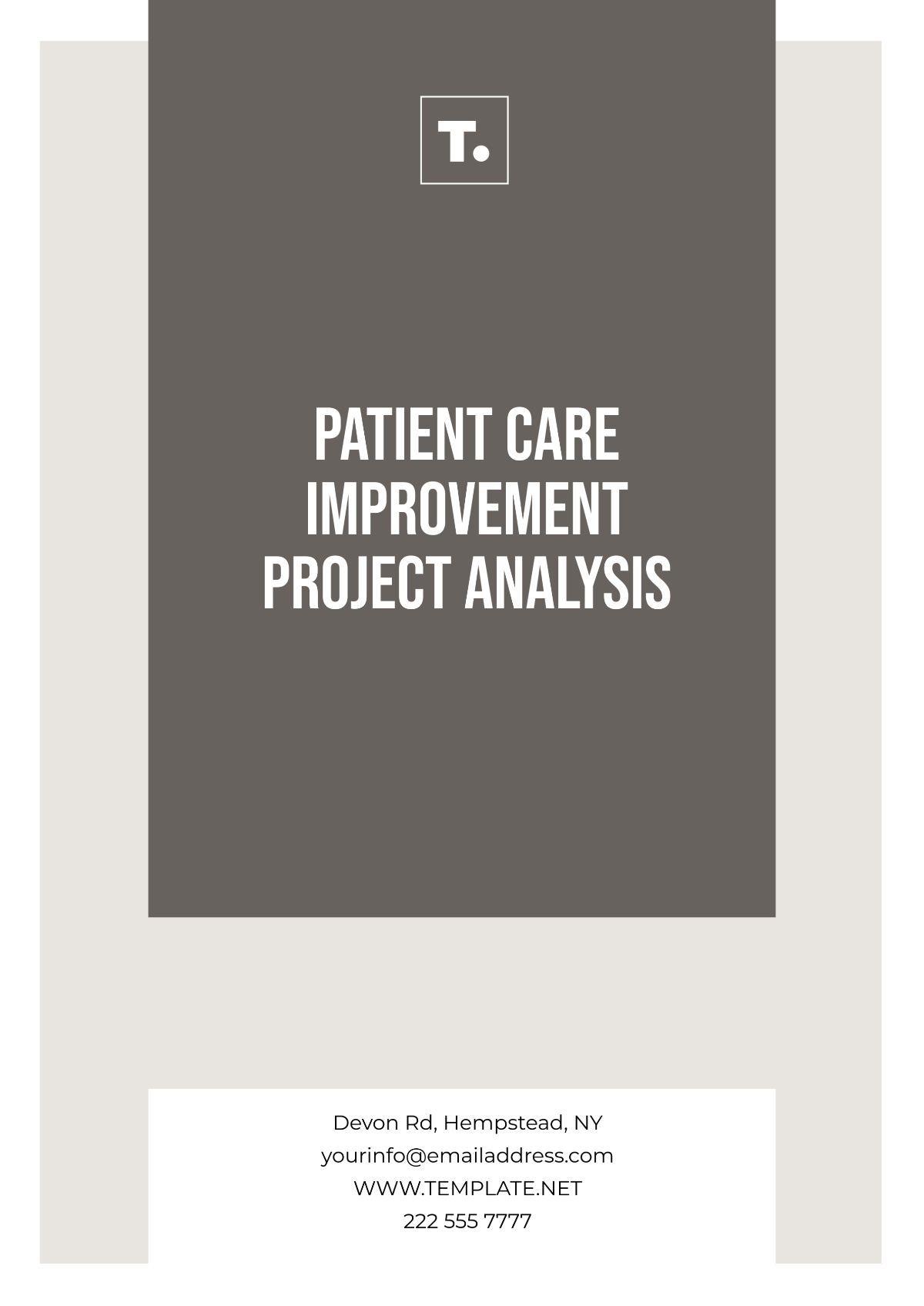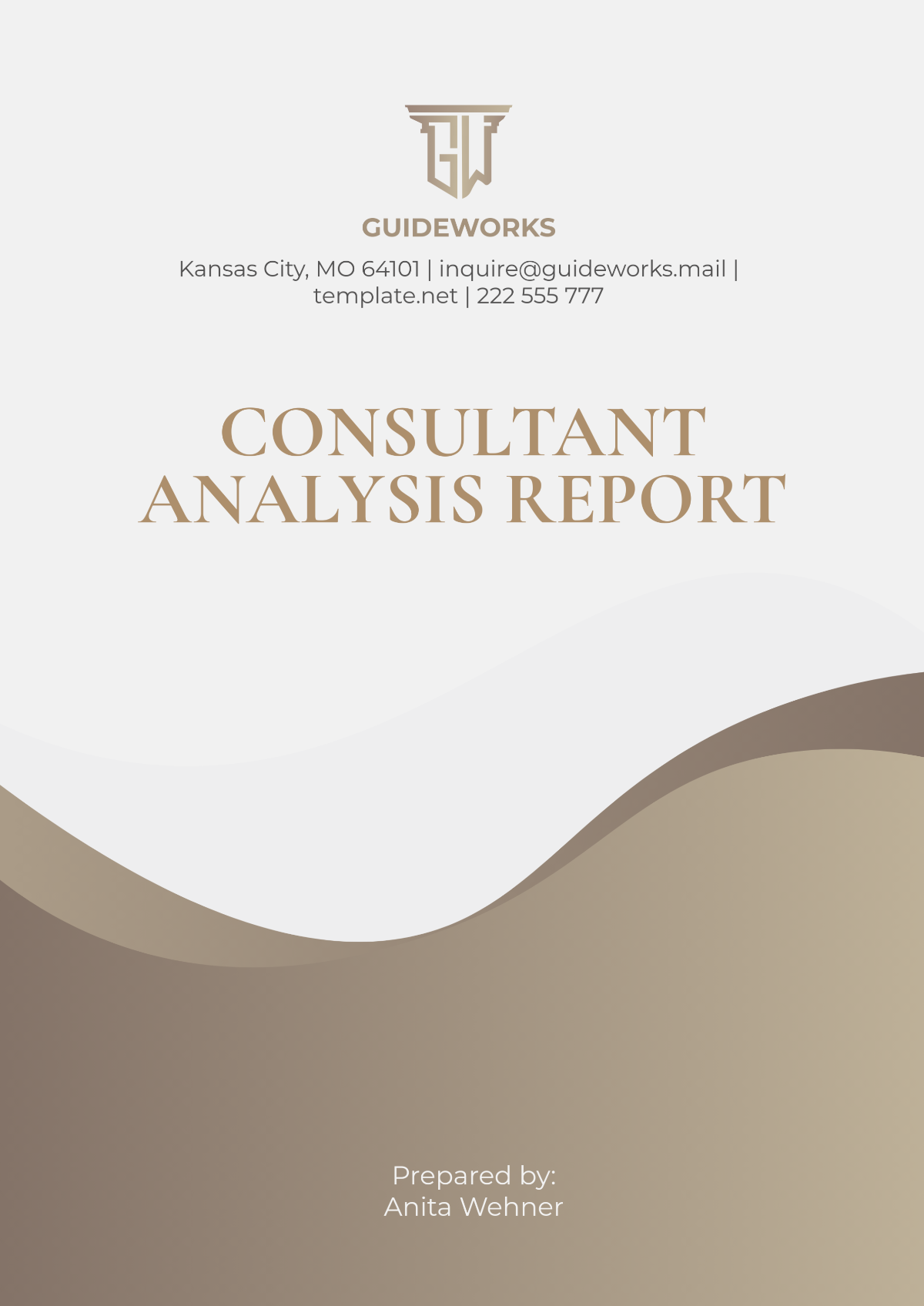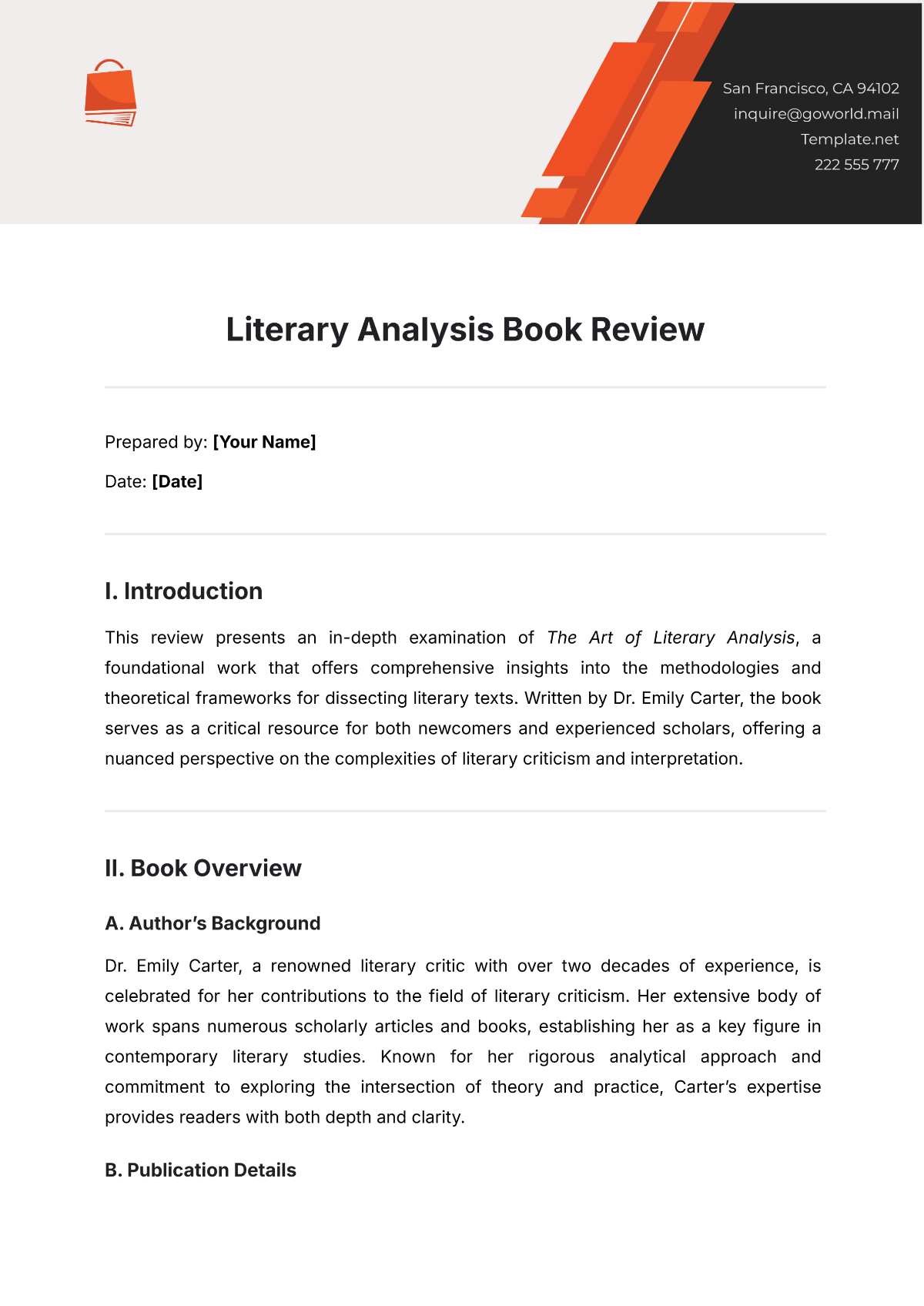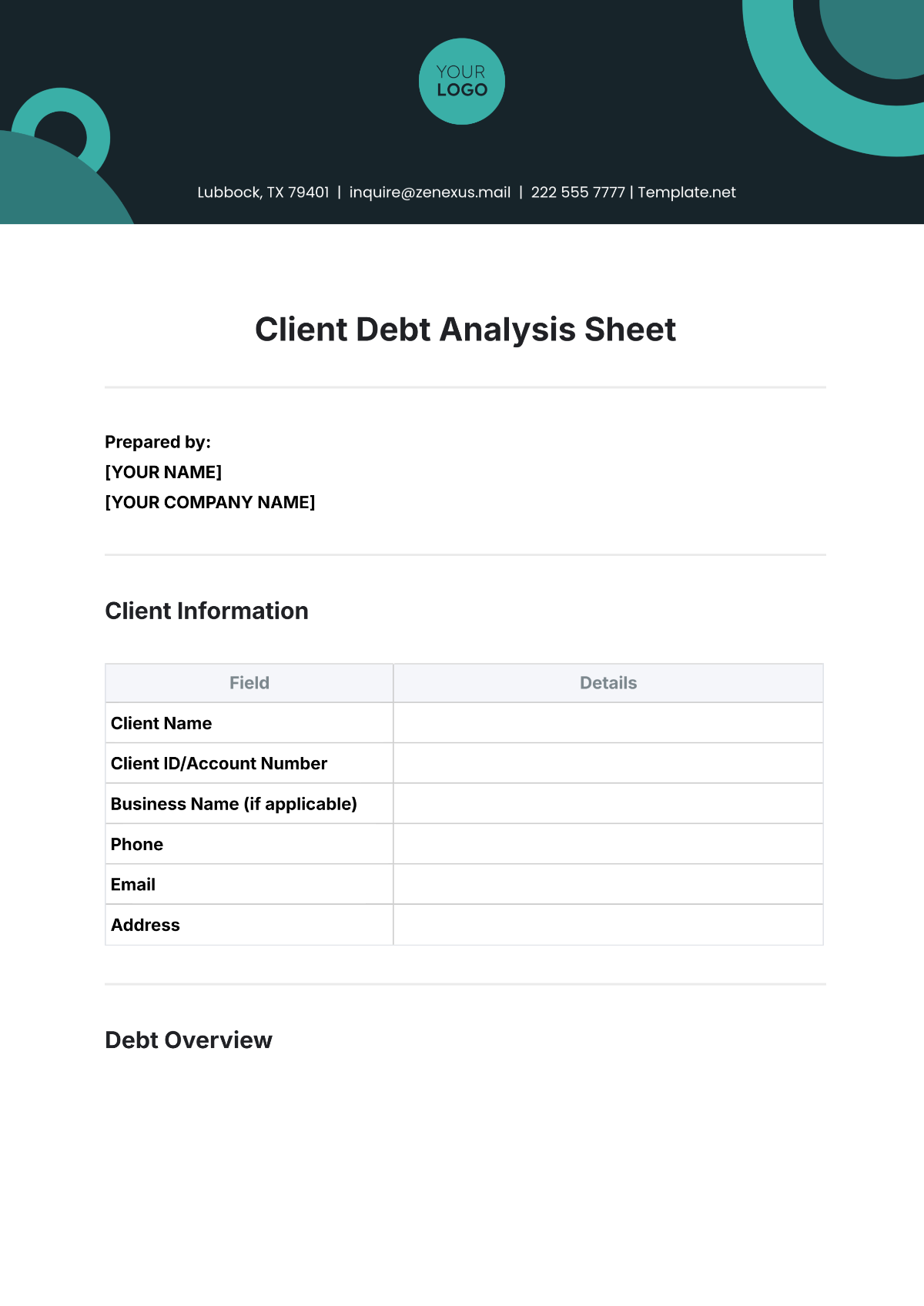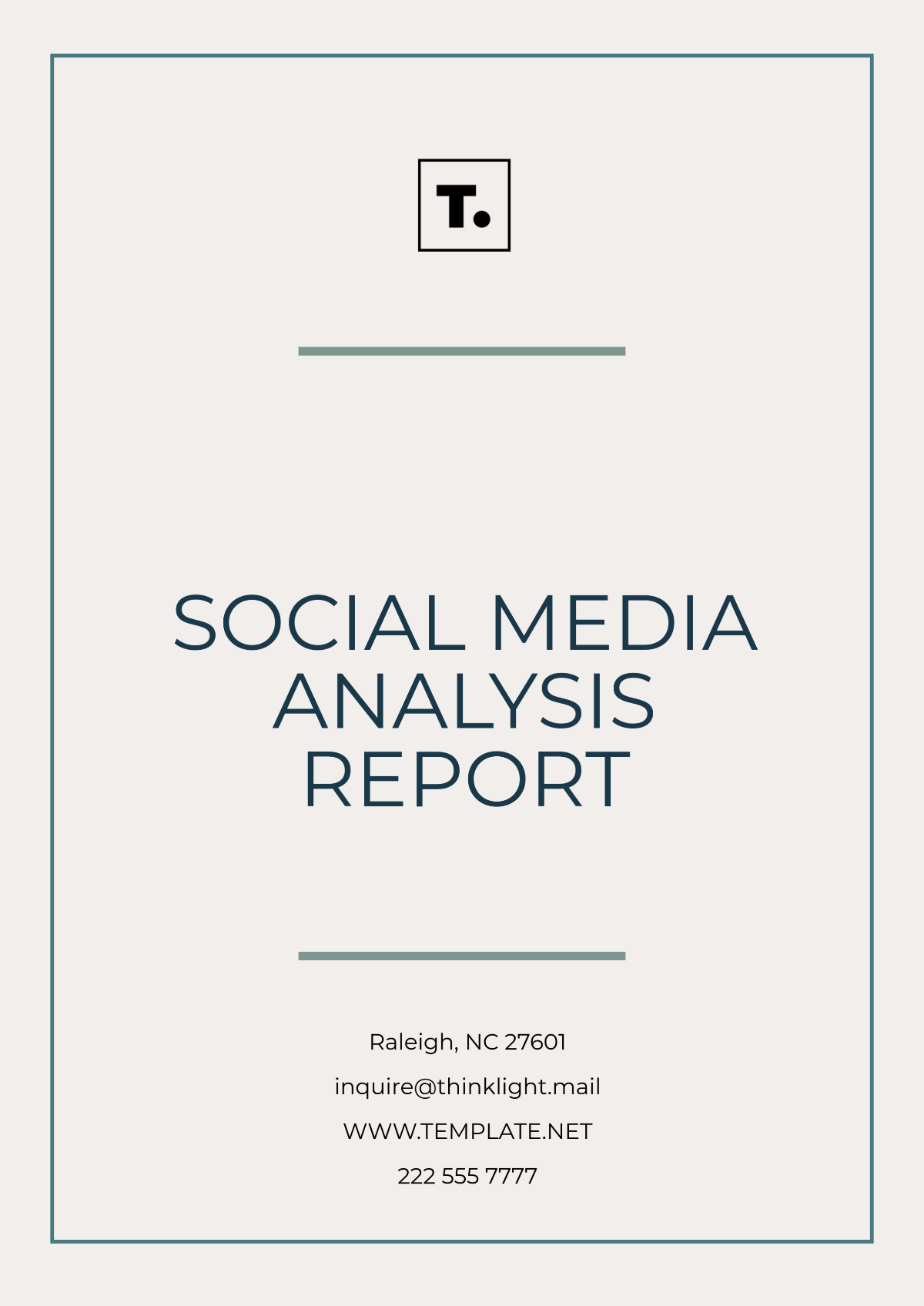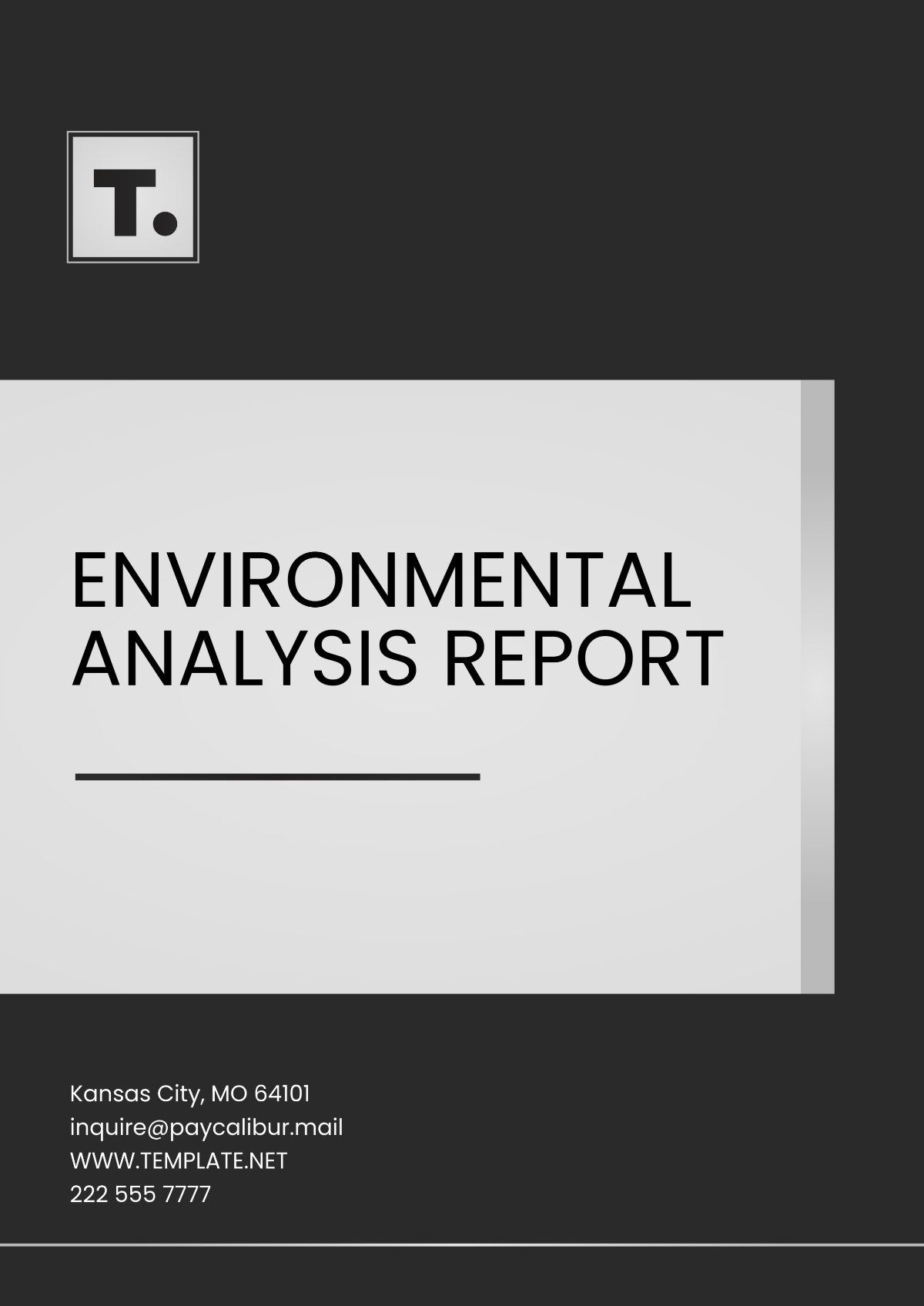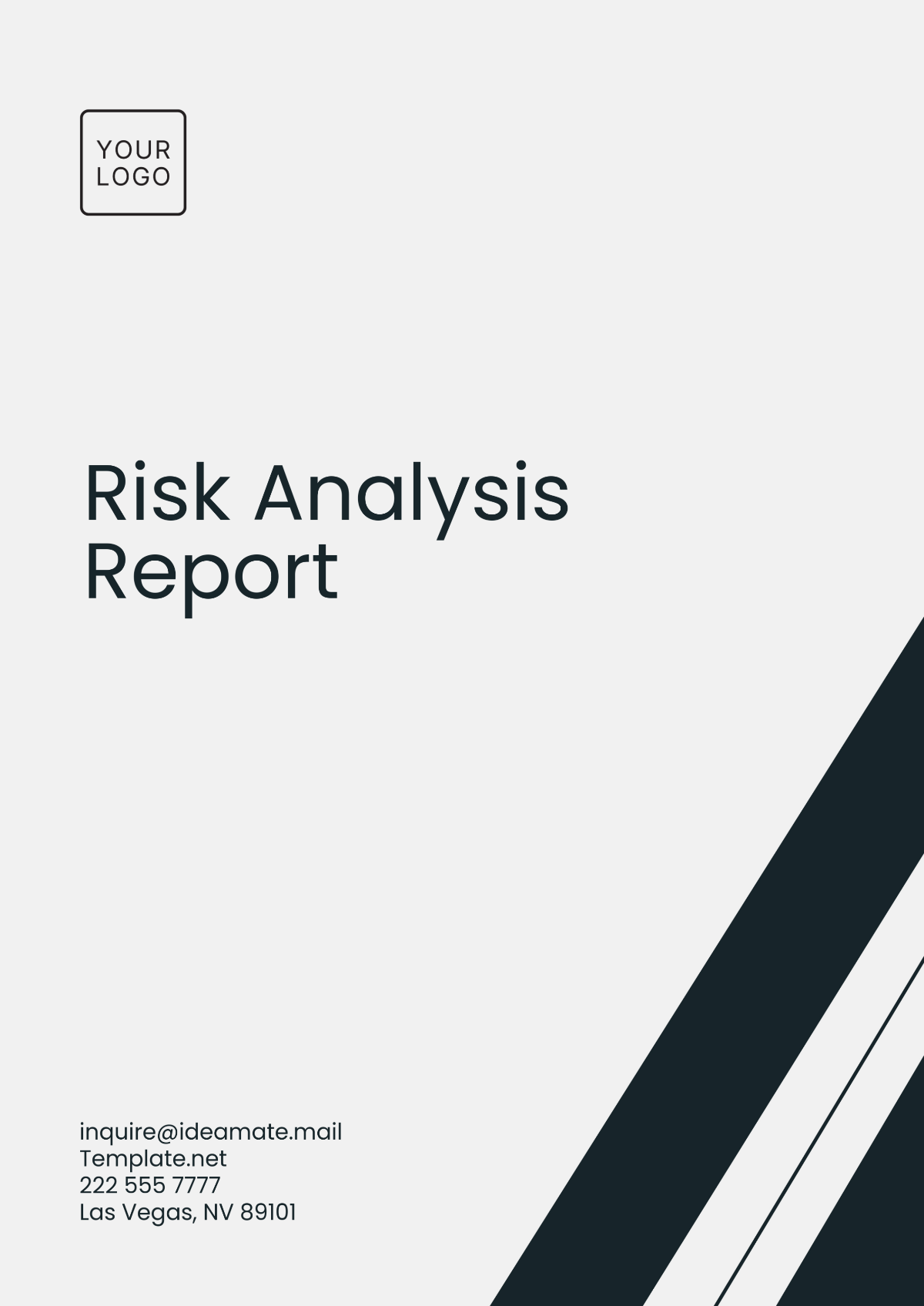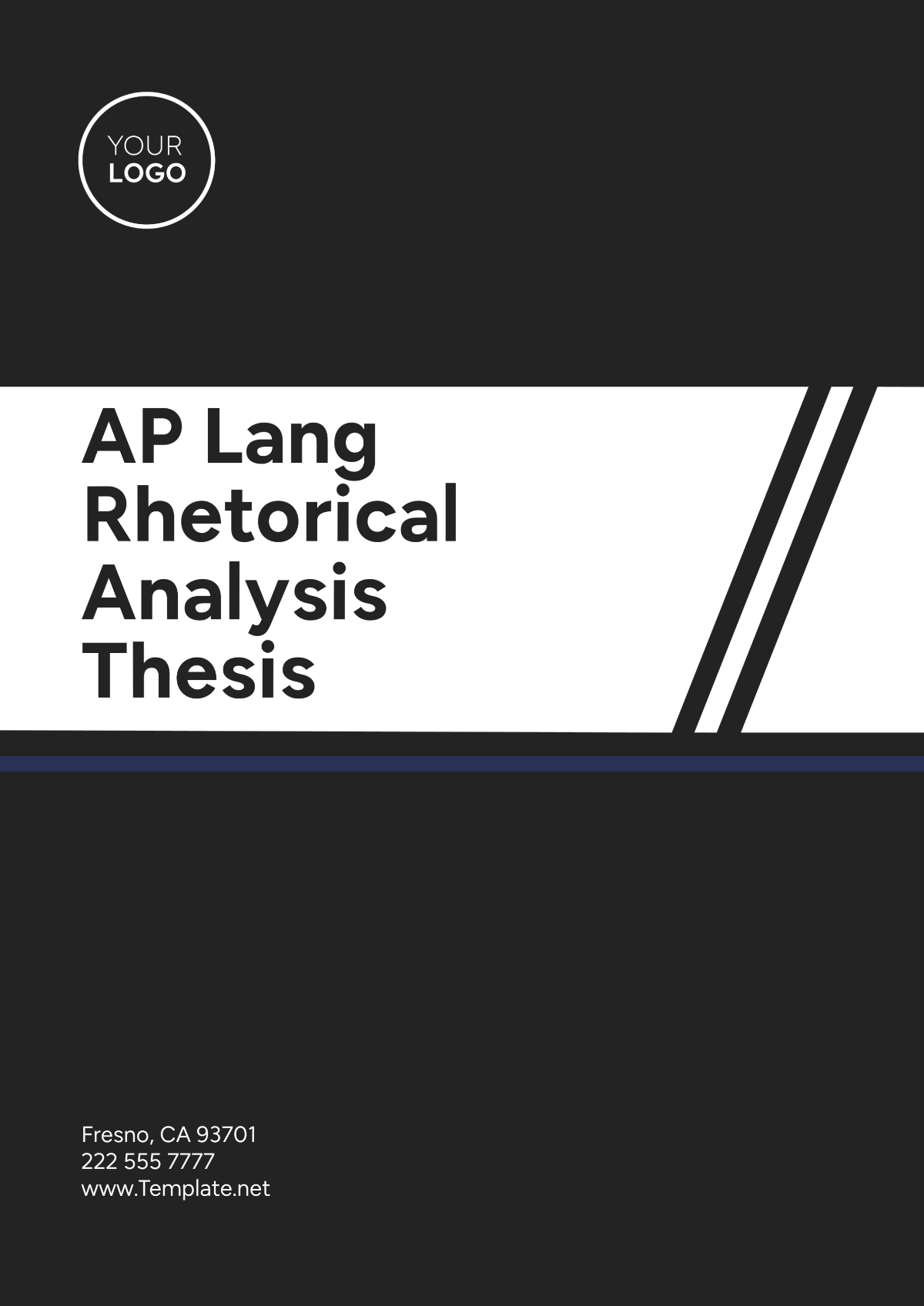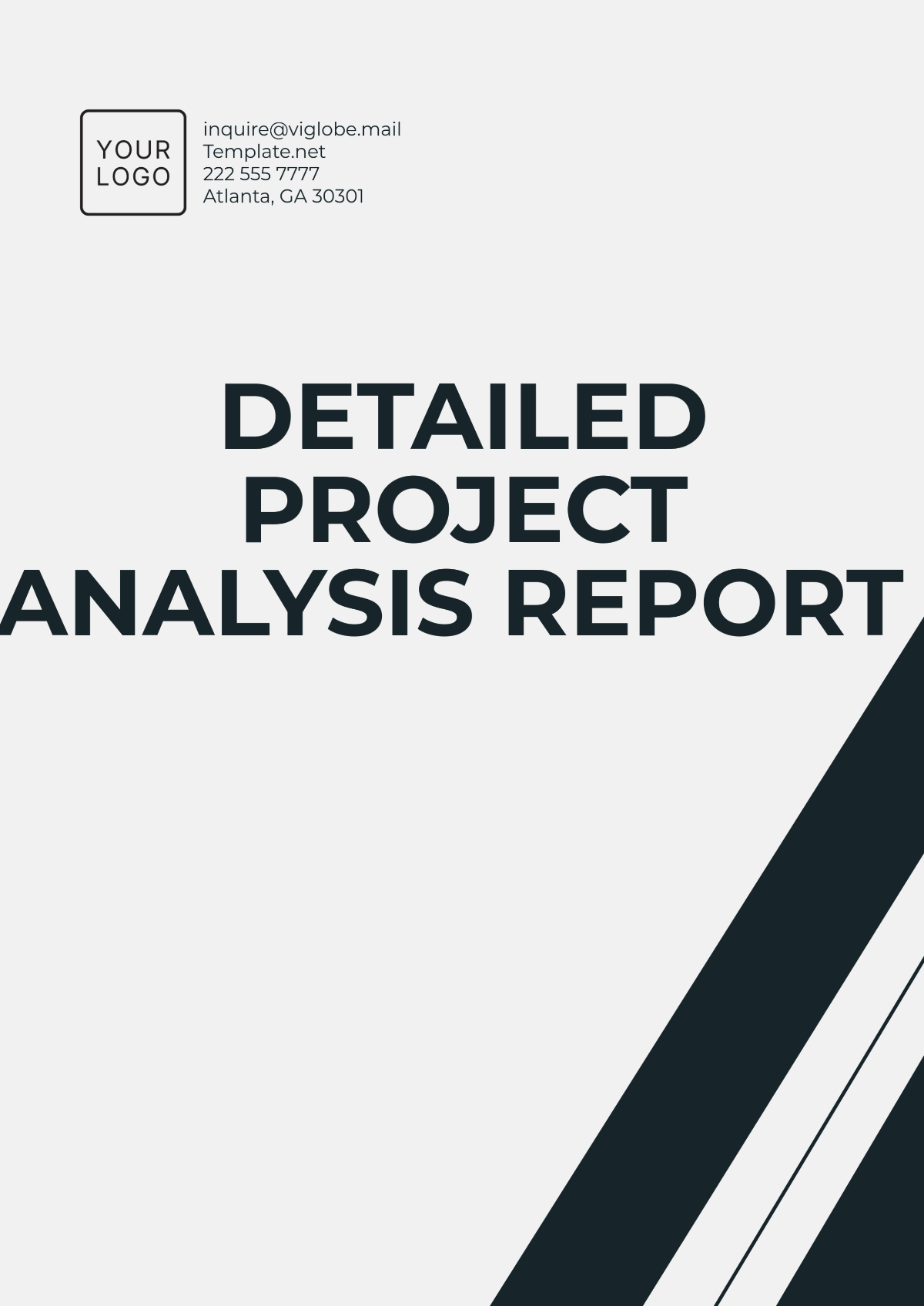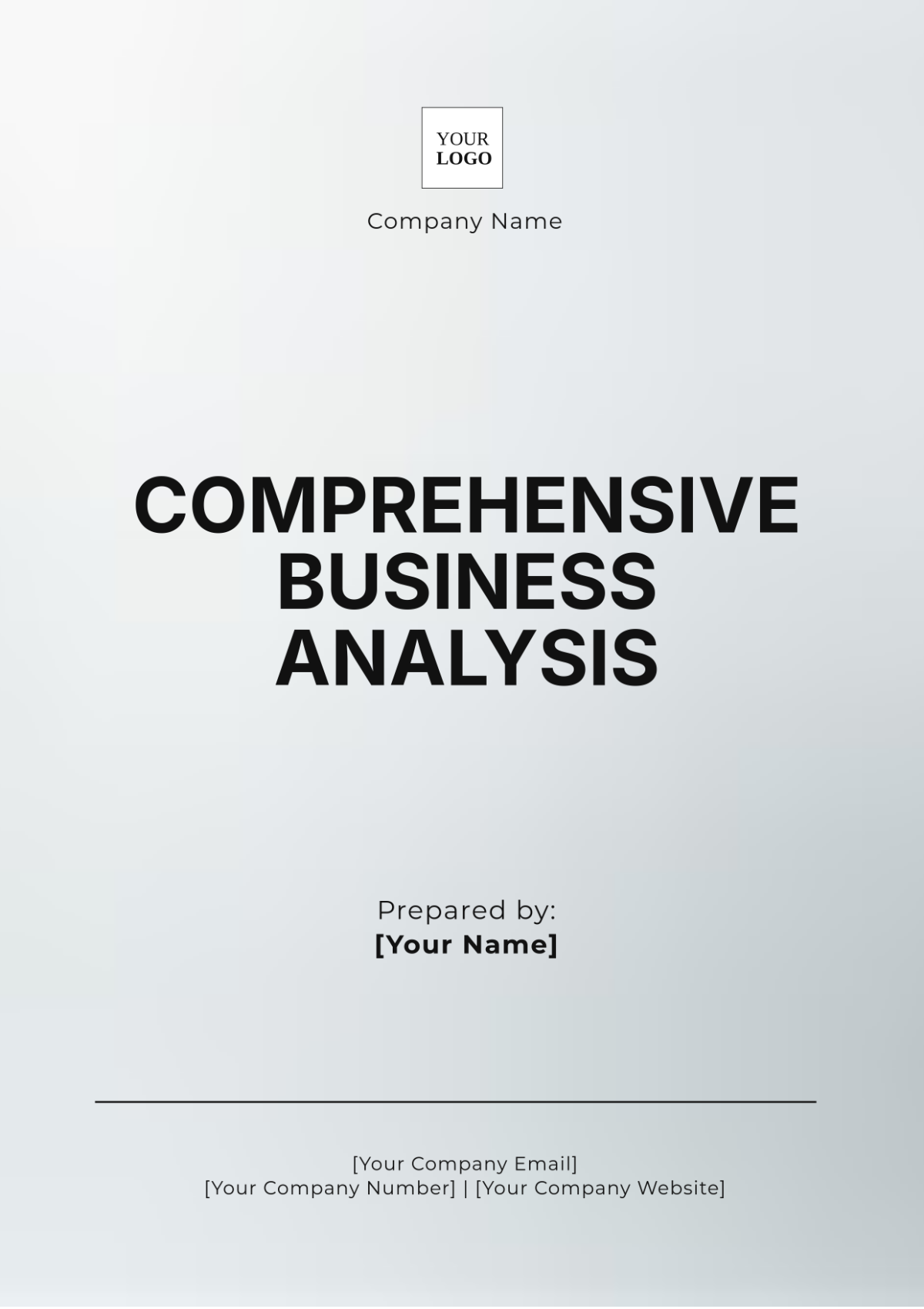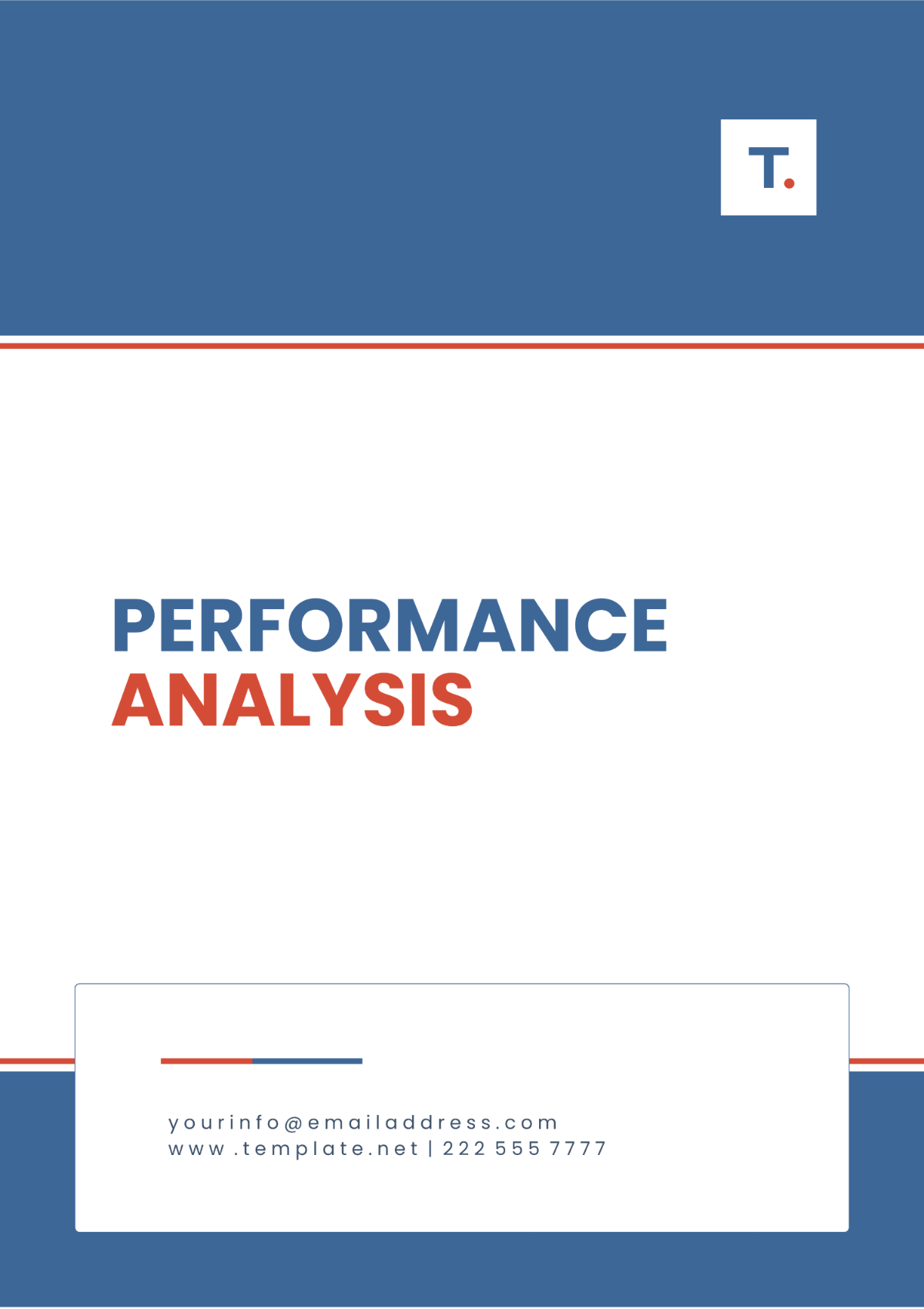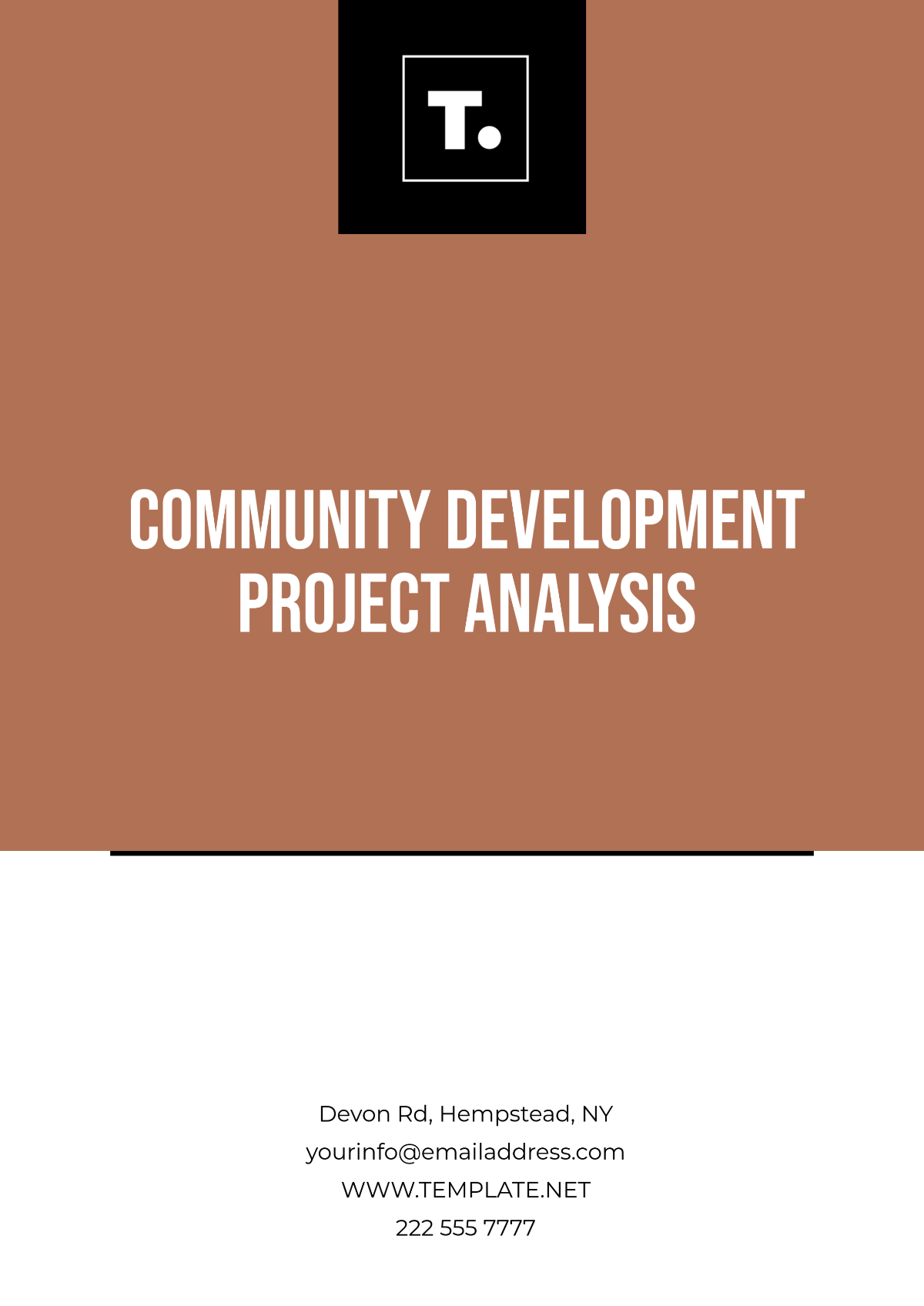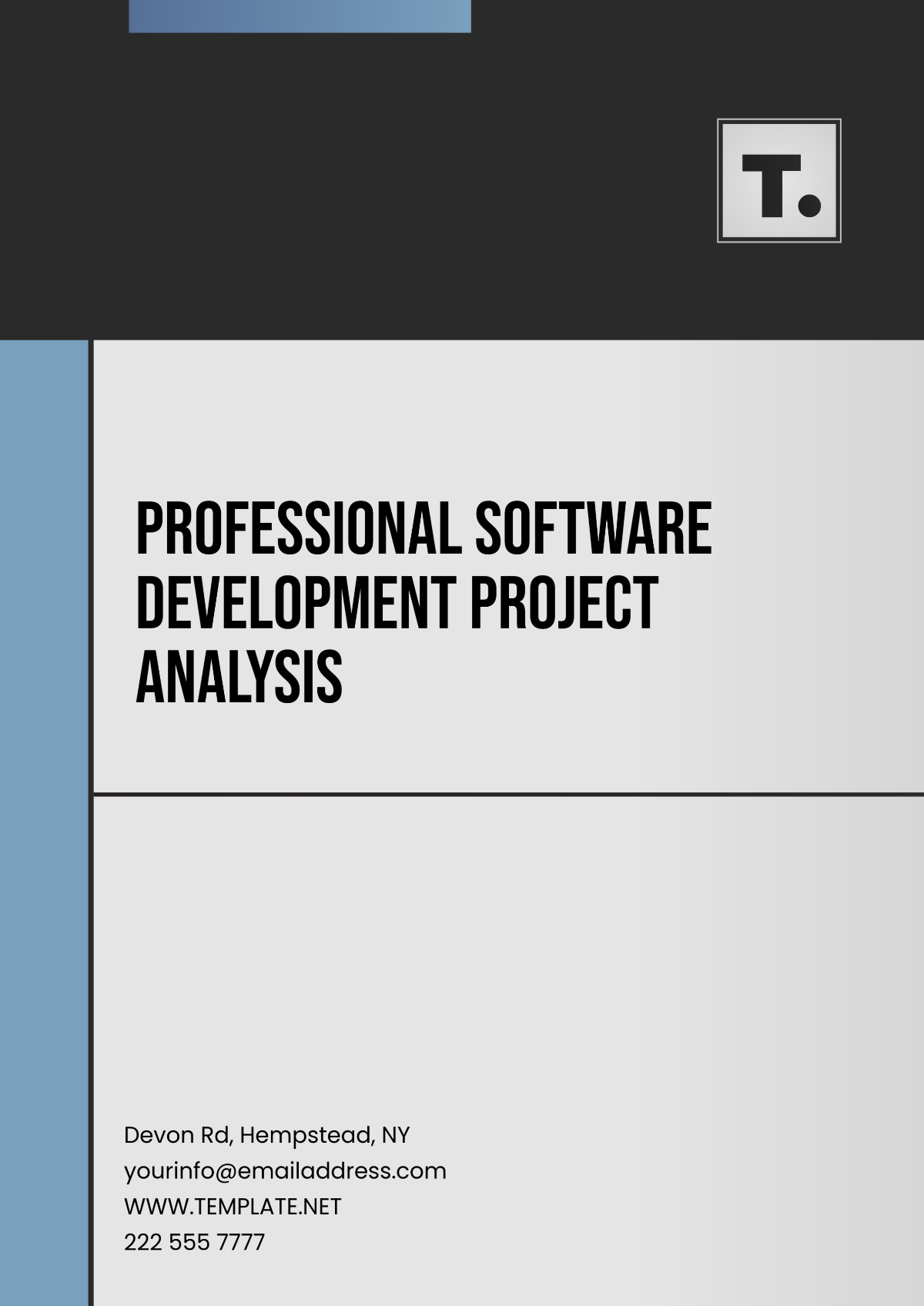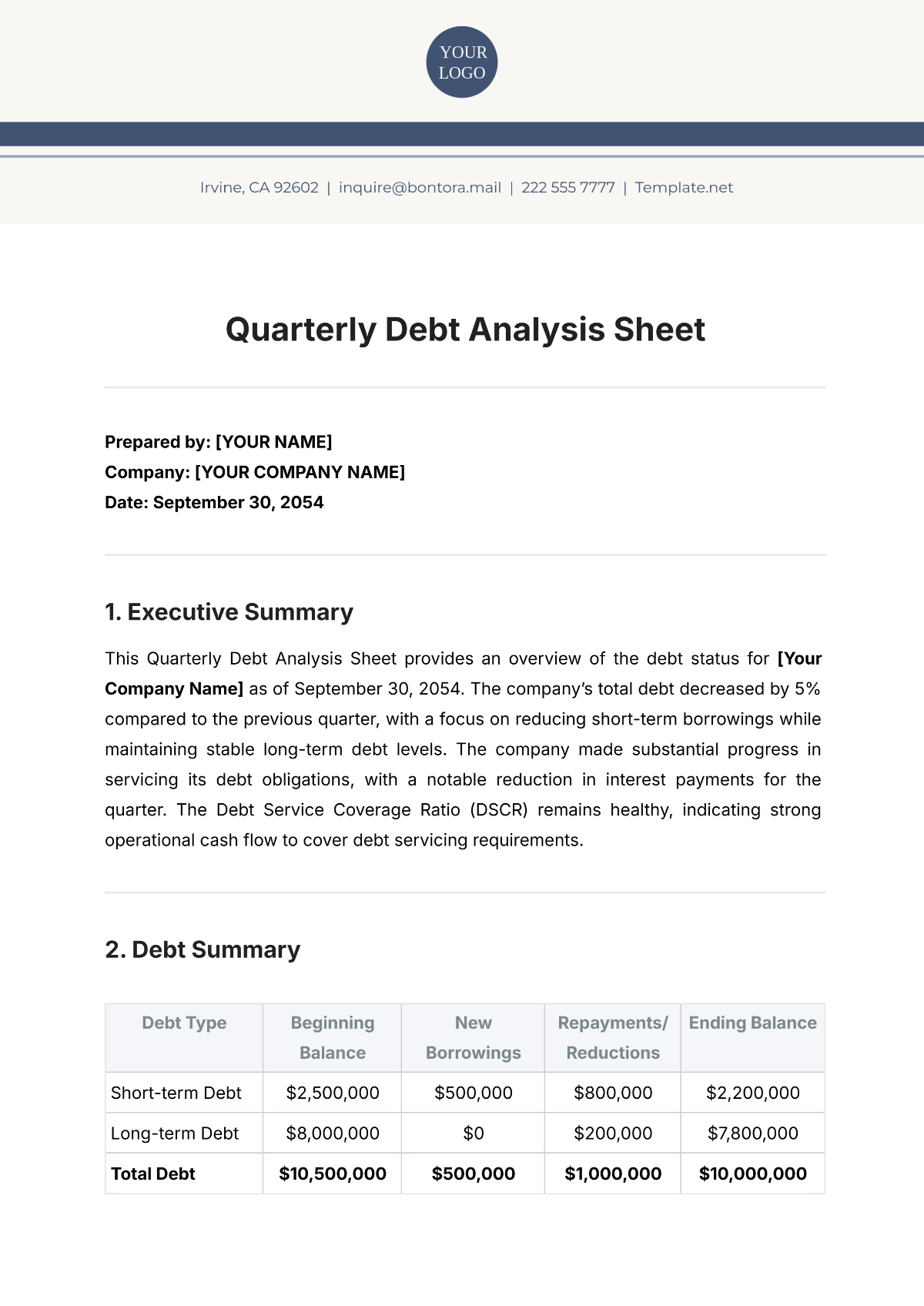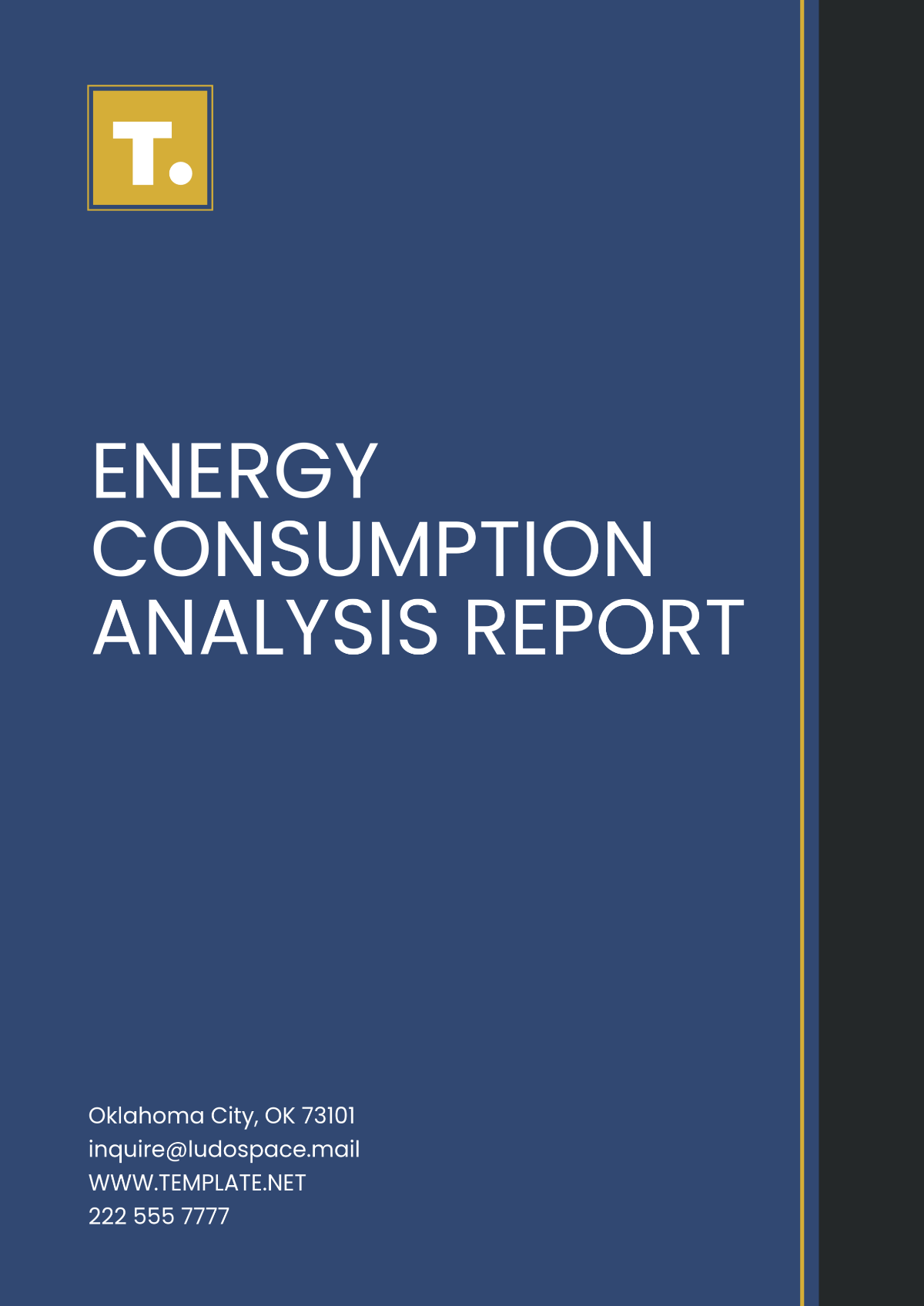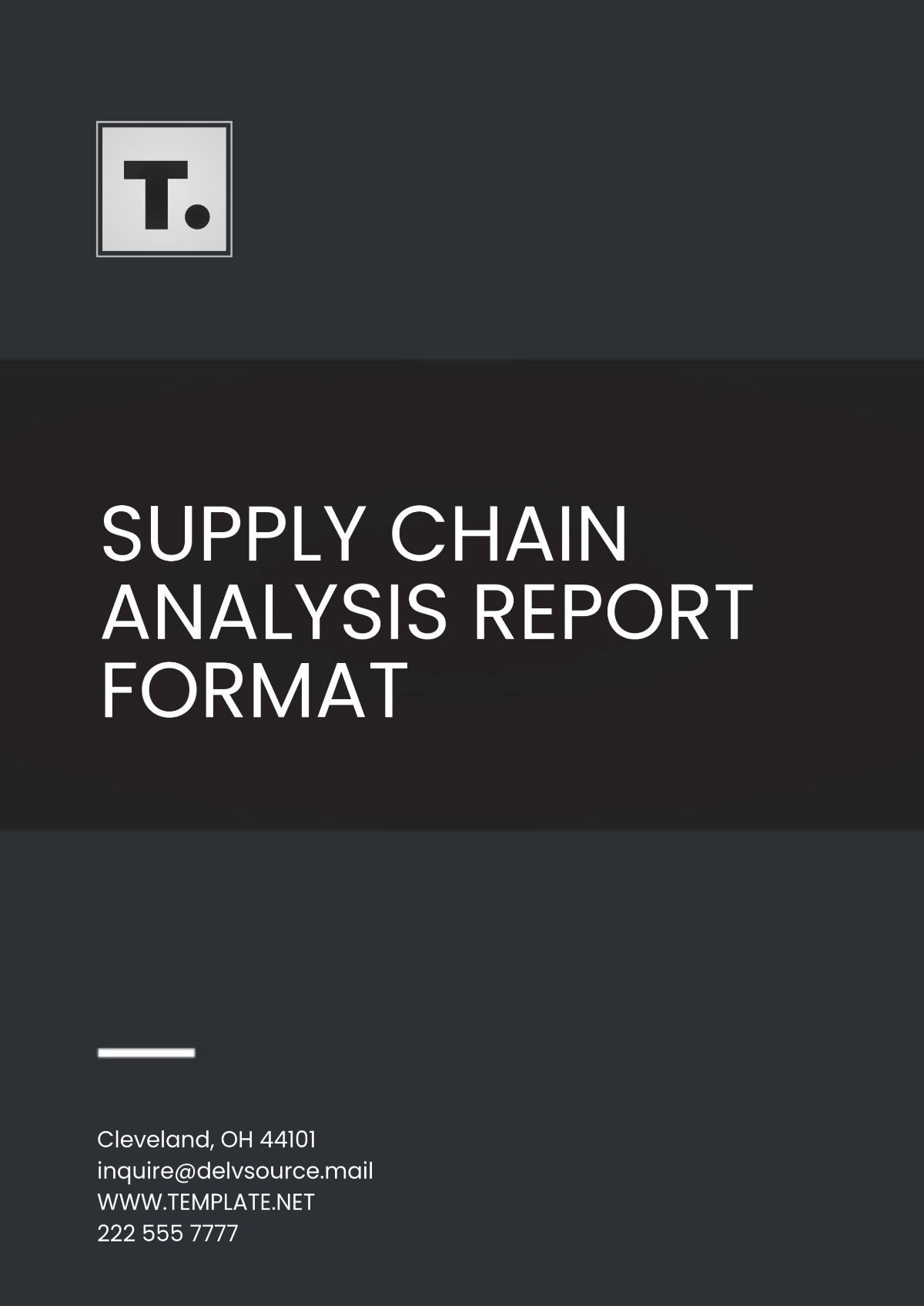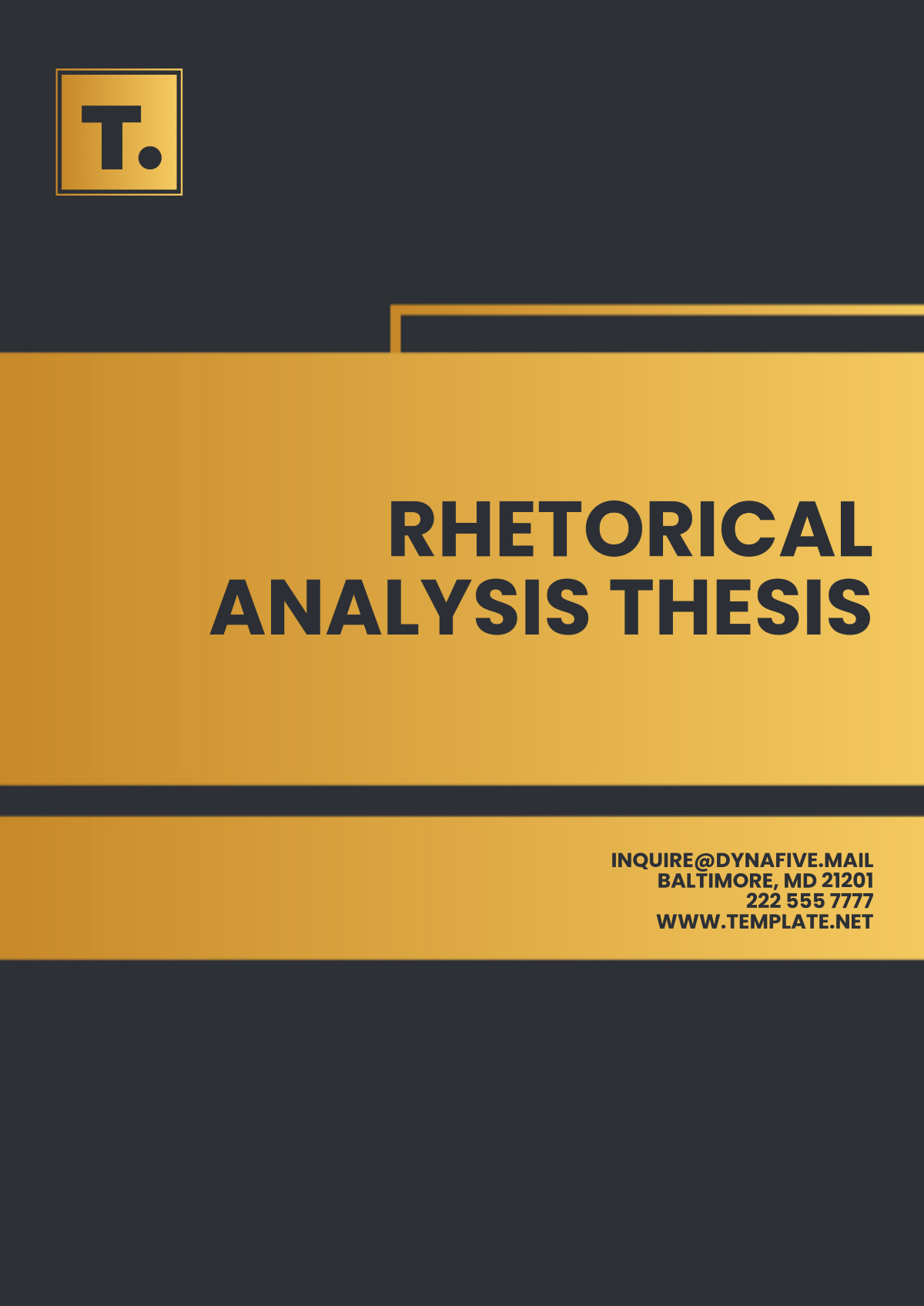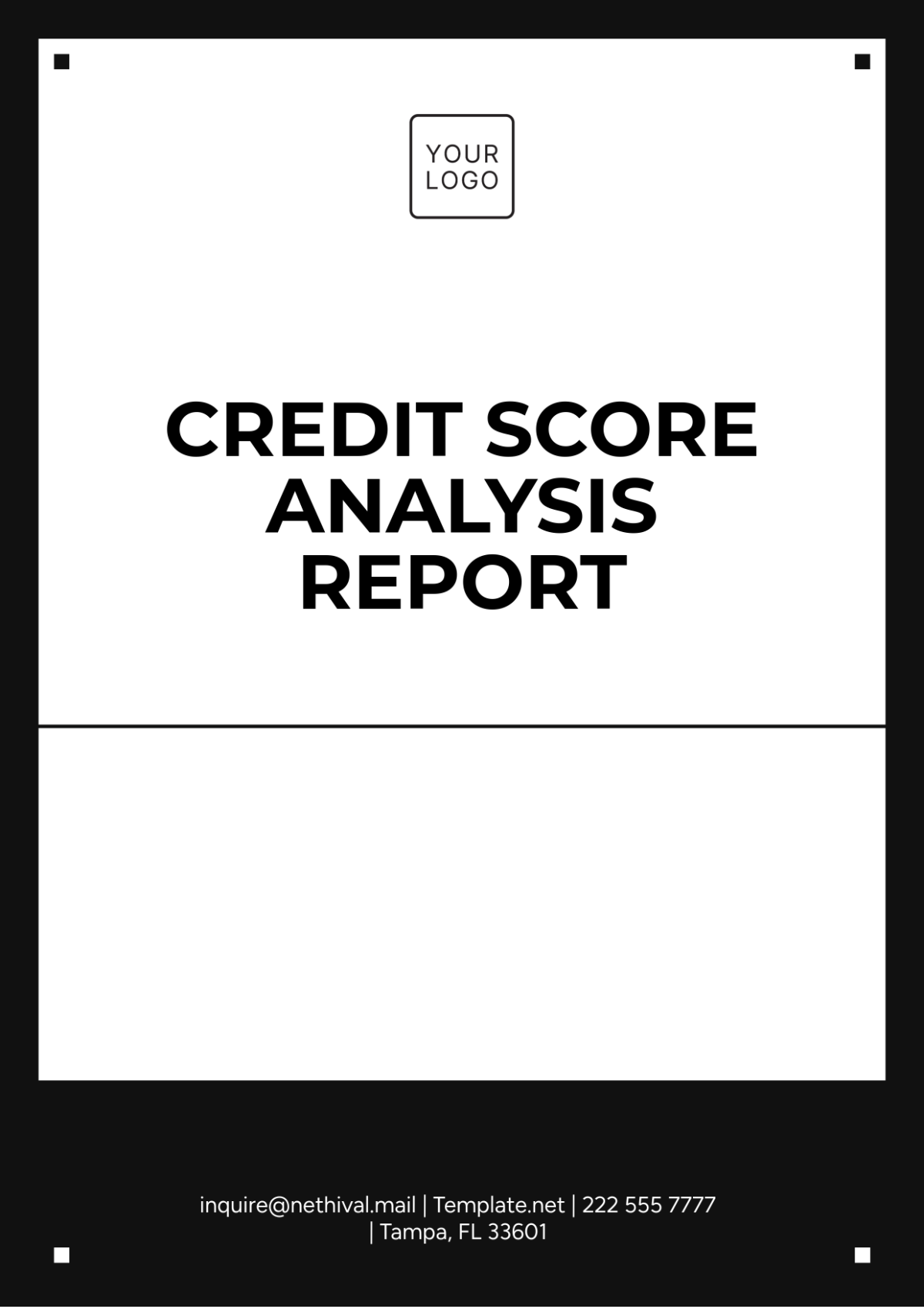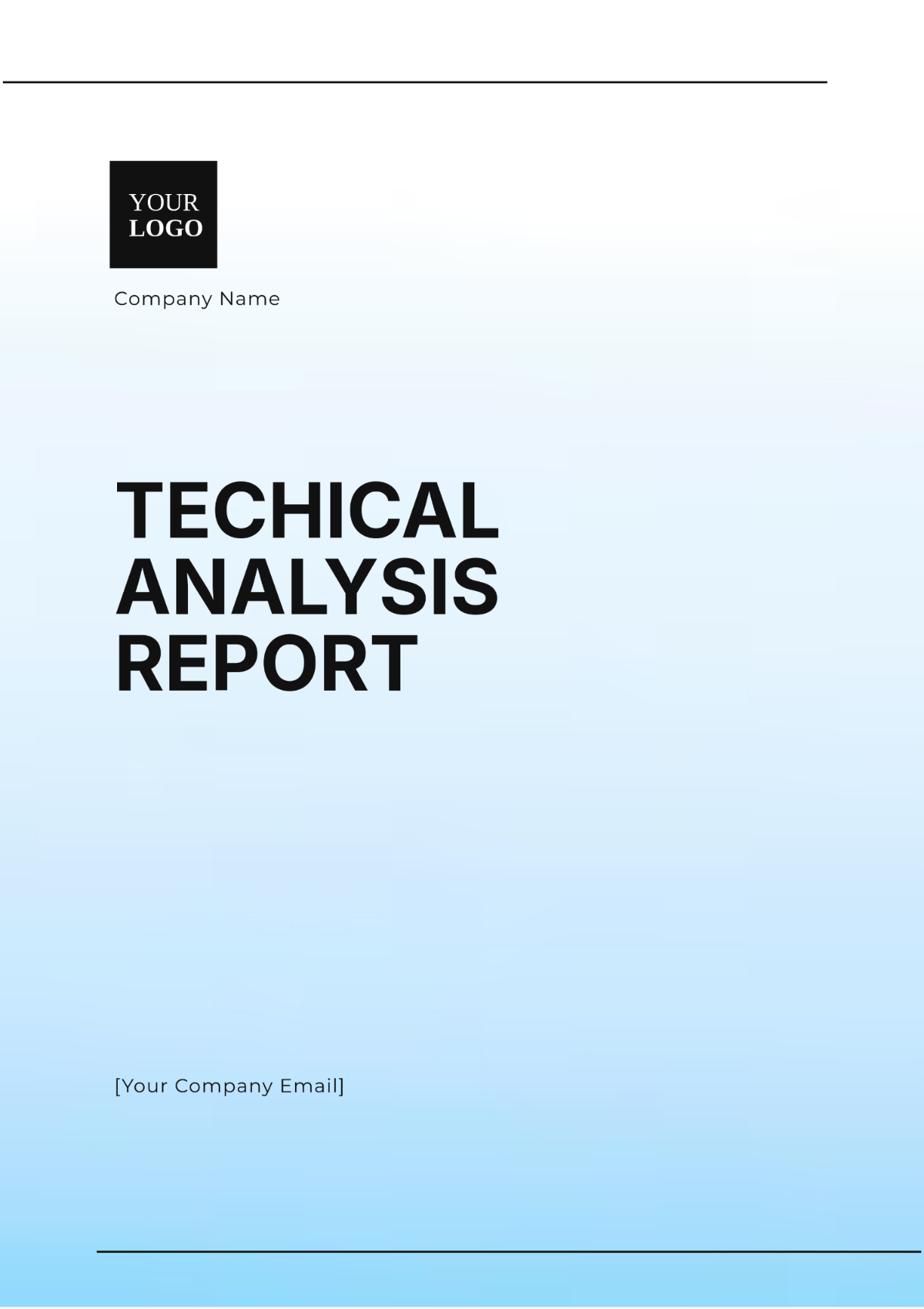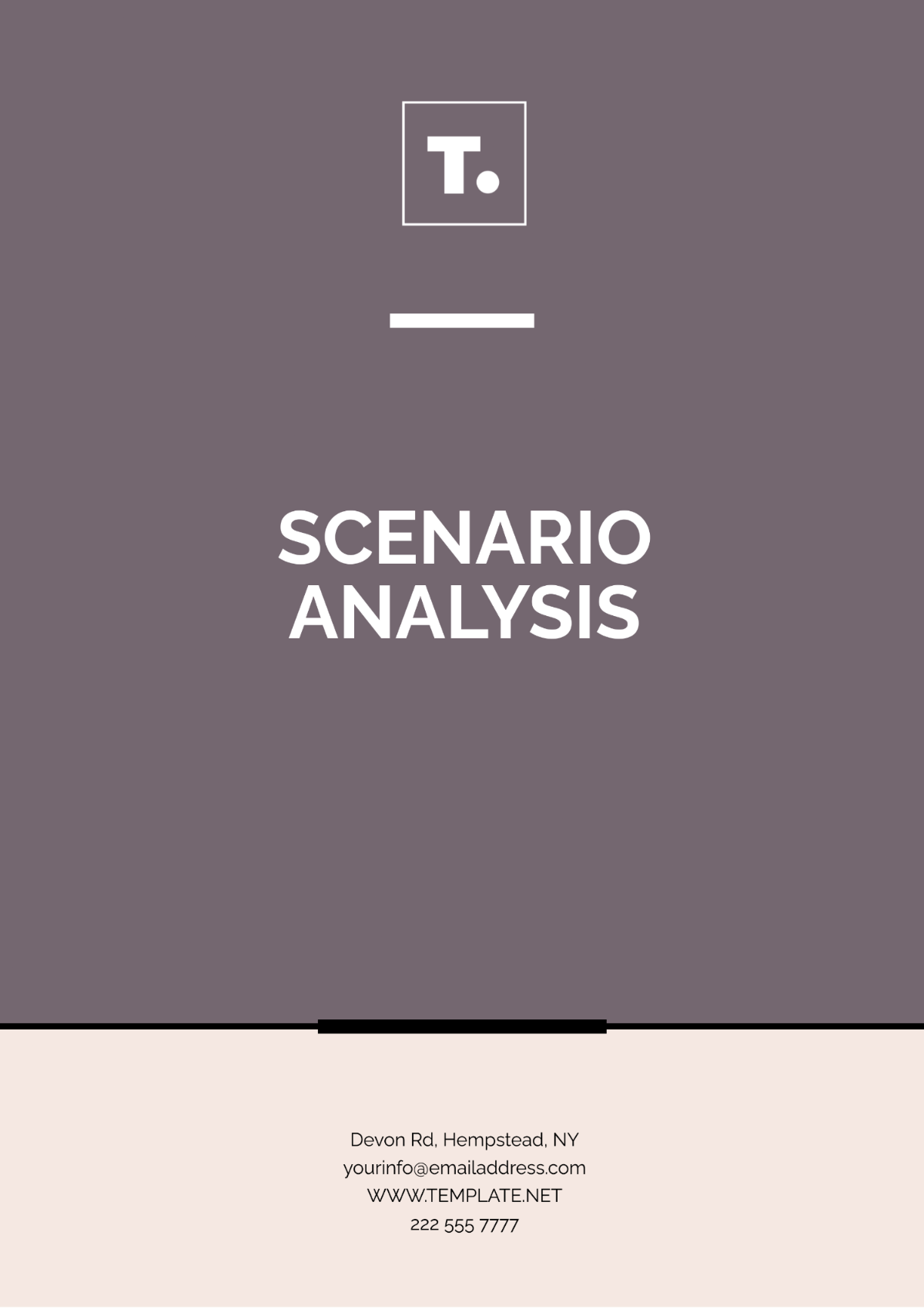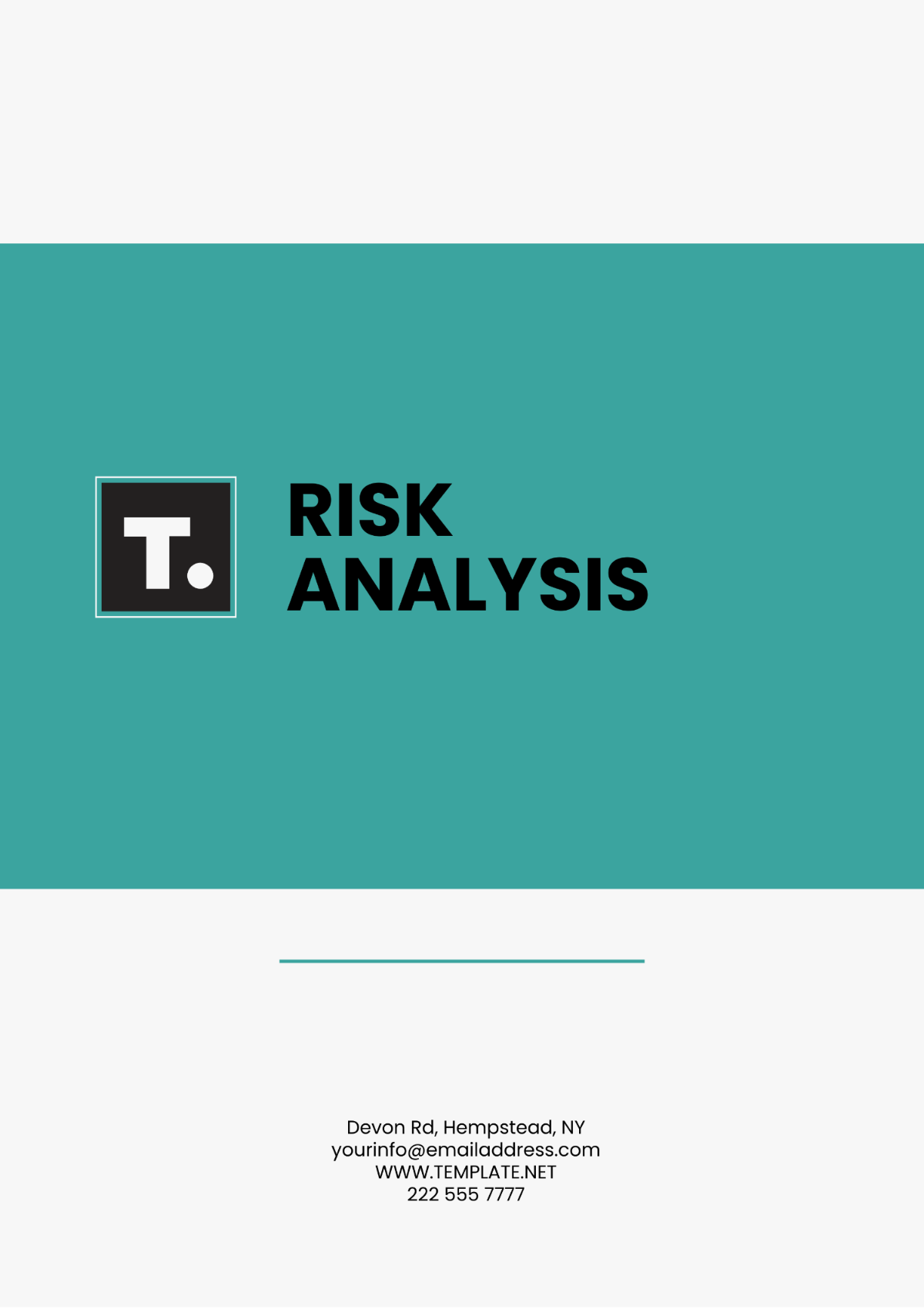Historical Document Rhetorical Analysis
Prepared by: [YOUR NAME]
Date: [DATE]
I. Introduction
Historical Document Rhetorical Analysis examines the persuasive strategies and rhetorical elements used in historical texts to understand their influence and objectives. This analysis delves into the author's use of language, structure, and style, considering the historical contexts, audience, and purpose that shape the rhetoric.
II. Historical Context
Understanding the historical context in which a document was created is crucial for comprehensive analysis. This context provides insights into the prevailing social, political, and economic conditions that influenced the content and form of the document.
A. Social Context
Examine the societal norms, values, and issues at the time the document was produced. Consider factors such as class structure, gender roles, and cultural beliefs.
Social hierarchy and class dynamics
Prevailing cultural attitudes and ideologies
Significant social movements and changes
B. Political Context
Analyze the political environment, including power structures, governance, and political conflicts that impacted the document’s creation and dissemination.
Current government and leadership
Political factions and conflict
Legislation and policy impacts
C. Economic Context
Consider the economic conditions and factors such as trade, industry, and financial stability that influenced the document’s content and persuasive strategies.
Economic stability and growth
Prevalent economic theories and practices
Class-based economic disparities
III. Author's Objectives
Determine the author’s primary objectives in creating the document. Understanding these objectives will reveal the intended impact and the rhetorical strategies employed.
Objective | Explanation |
|---|---|
Inform | Provide factual information and educate the audience about a particular issue or event. |
Persuade | Convince the audience to adopt a particular viewpoint or take specific action. |
Entertain | Engage the audience through storytelling, narrative, or dramatic elements. |
IV. Audience Analysis
Identifying the intended audience is essential for understanding the rhetorical choices. Consider factors like demographics, social status, and prior knowledge of the subject.
A. Demographics
Analyze the demographic traits of the intended audience such as age, gender, education level, and occupation.
Age group
Gender demographic
Educational background
Occupational sectors
B. Social Status
Evaluate the social status of the audience and how it shapes their reception of the document.
Class and economic status
Social roles and expectations
C. Prior Knowledge
Consider the audience’s prior knowledge and their familiarity with the subject matter of the document.
Level of Expertise
Pre-existing biases and opinions
V. Rhetorical Strategies
Examine the rhetorical strategies used by the author to achieve their objectives and influence their audience. These strategies include appeals, style, and structure.
A. Appeals
Identify the different types of appeals used in the document: ethos, pathos, and logos.
Appeal | Description |
|---|---|
Ethos | Establishes the author’s credibility and authority on the subject. |
Pathos | Appeals to the audience’s emotions to elicit a response. |
Logos | Uses logical arguments and evidence to persuade the audience. |
B. Style
Analyze the author’s style, including their use of diction, tone, and figurative language.
Diction: Choice of words and their connotations
Tone: The author’s attitude towards the subject and audience
Figurative Language: Use of metaphors, similes, and other rhetorical devices
C. Structure
Evaluate the structure of the document and how it contributes to its rhetorical effectiveness.
Organization of ideas
Use of headings and subheadings
Paragraph structure and length
Transitions and flow
VI. Conclusion
Summarize the key findings of the rhetorical analysis. Reflect on how the historical context, audience, and author’s objectives influenced the rhetorical strategies used in the document. Discuss the overall effectiveness of these strategies in achieving the intended impact.




